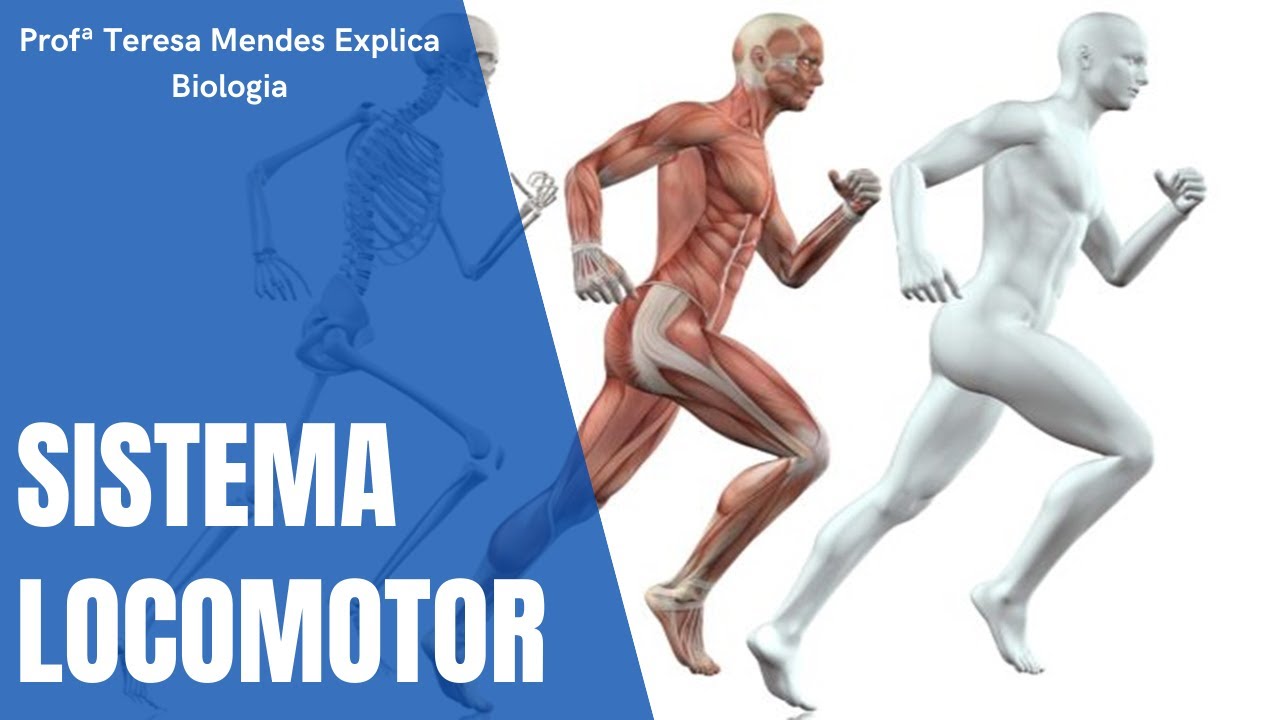SISTEM GERAK PADA TUMBUHAN IPA KELAS 8 || TERLENGKAP
Summary
TLDRThis video covers the movement systems in plants, highlighting three main types: hygroscopic, endonomic, and esionomic movements. It explains how these movements occur, with examples like the shrinking of plant cells due to water changes, or the internal stimuli causing cytoplasmic motion in Hydrilla leaves. It also explores tropisms, such as phototropism, geotropism, and thigmotropism, which involve plant responses to external stimuli like light, gravity, and touch. Additionally, the video discusses types of nastic movements, including seismonasty and thermonasty, providing examples like the closing of Mimosa leaves and the blooming of tulips in warmer weather.
Takeaways
- 🌱 Plants exhibit different types of movement based on stimuli.
- 💧 Hygroscopic movement occurs due to changes in water content within plant cells, causing uneven shrinkage.
- 🌿 Endonomic movement is internally driven by the plant, such as cytoplasmic rotation in Hydrilla leaves.
- 🌞 Etionomic movement is influenced by external stimuli and can be categorized into tropism, taxis, and nasti movements.
- 🌻 Phototropism is when a plant moves toward light (positive) or away from it (negative).
- 🌍 Geotropism refers to movement influenced by gravity, with roots growing downward (positive) and stems growing upward (negative).
- 🚿 Hydrotropism describes a plant's movement toward water sources, like roots seeking moisture.
- 🍇 Thigmotropism is movement in response to touch, seen in climbing plants like grapevines and cucumbers.
- ⚗️ Chemotropism occurs when plants move toward or away from chemical stimuli, such as during pollination when pollen moves toward sugar from the ovary.
- 🌷 Thermonastic movements happen due to temperature changes, like tulip flowers blooming in warmer temperatures.
Q & A
Can plants move, and how do they move?
-Yes, plants can move. They move in response to various stimuli, including changes in water levels, internal factors, or external environmental stimuli.
What is hygroscopic movement in plants?
-Hygroscopic movement occurs when parts of the plant move due to changes in water content within their cells, leading to uneven shrinkage. An example is when mature legume pods open due to water loss.
What causes endonomic movement in plants?
-Endonomic movement is caused by stimuli from within the plant itself. An example is the cytoplasmic rotation (cyclosis) observed in Hydrilla verticillata.
What are the types of esionomic (or etionomic) movement, and what causes them?
-Esionomic movement is caused by external stimuli. It can be categorized into three types: tropism (movement influenced by the direction of the stimulus), taxis (whole organism movement toward or away from stimuli), and nastic movements (not dependent on stimulus direction).
What is phototropism, and can it be both positive and negative?
-Phototropism is a plant’s movement in response to light. When a plant moves toward the light source, it is called positive phototropism. If the plant moves away from the light, it is negative phototropism.
What is geotropism and how do roots and shoots differ in response?
-Geotropism is the movement of plants in response to gravity. Roots exhibit positive geotropism as they grow downward toward gravity, while shoots show negative geotropism as they grow upward, away from gravity.
How does hydrotropism benefit plants?
-Hydrotropism helps plants grow their roots toward water sources, ensuring they can access necessary moisture for survival. This is an example of positive hydrotropism.
What is thigmotropism and which plants exhibit this movement?
-Thigmotropism is the movement of a plant in response to touch or physical contact with a solid object. Climbing plants like grapevines, melons, and cucumbers show thigmotropism by wrapping their tendrils around supports.
What role does chemotropism play in plant reproduction?
-Chemotropism plays a crucial role in plant reproduction. During pollination, the movement of pollen tubes toward the ovule is guided by chemical signals such as sugars released by the ovary.
How do seismonastic movements work, and what is a common example?
-Seismonastic movements are triggered by mechanical stimuli, like touch or vibration. A well-known example is the 'sensitive plant' (Mimosa pudica), which folds its leaves when touched.
Outlines

このセクションは有料ユーザー限定です。 アクセスするには、アップグレードをお願いします。
今すぐアップグレードMindmap

このセクションは有料ユーザー限定です。 アクセスするには、アップグレードをお願いします。
今すぐアップグレードKeywords

このセクションは有料ユーザー限定です。 アクセスするには、アップグレードをお願いします。
今すぐアップグレードHighlights

このセクションは有料ユーザー限定です。 アクセスするには、アップグレードをお願いします。
今すぐアップグレードTranscripts

このセクションは有料ユーザー限定です。 アクセスするには、アップグレードをお願いします。
今すぐアップグレード関連動画をさらに表示

Bahan Ajar Iritabilitas Pada Tumbuhan Kelas XI (Fase F) Kurikulum Merdeka

Media Pembelajaran Seni Budaya (Tari) : Gerak Dasar Tari Bali-Kelas X-KD 3.1 dan 4.1

O Sistema Locomotor

The Muscular System Explained In 6 Minutes

Artikulasi (Persendian)

Rangkuman Materi SBK Kelas 7 Bab 5: Ruang, Waktu, dan Tenaga Pada Gerak Tari
5.0 / 5 (0 votes)
